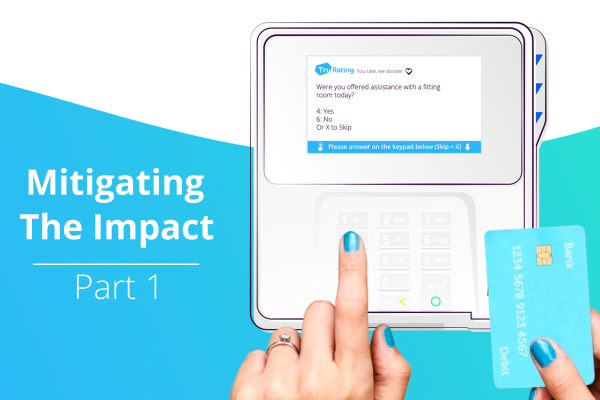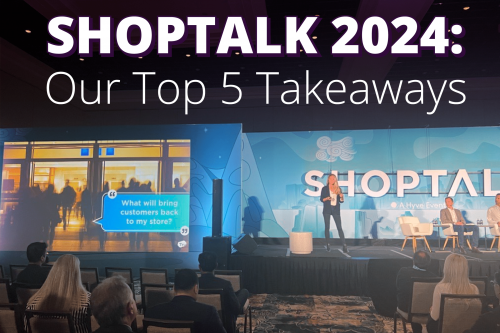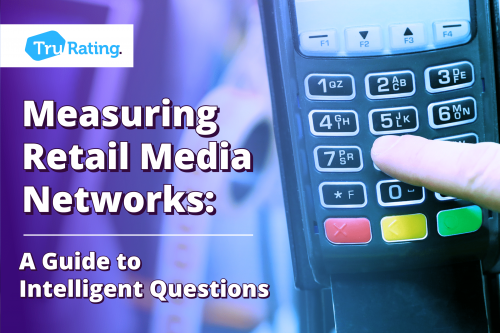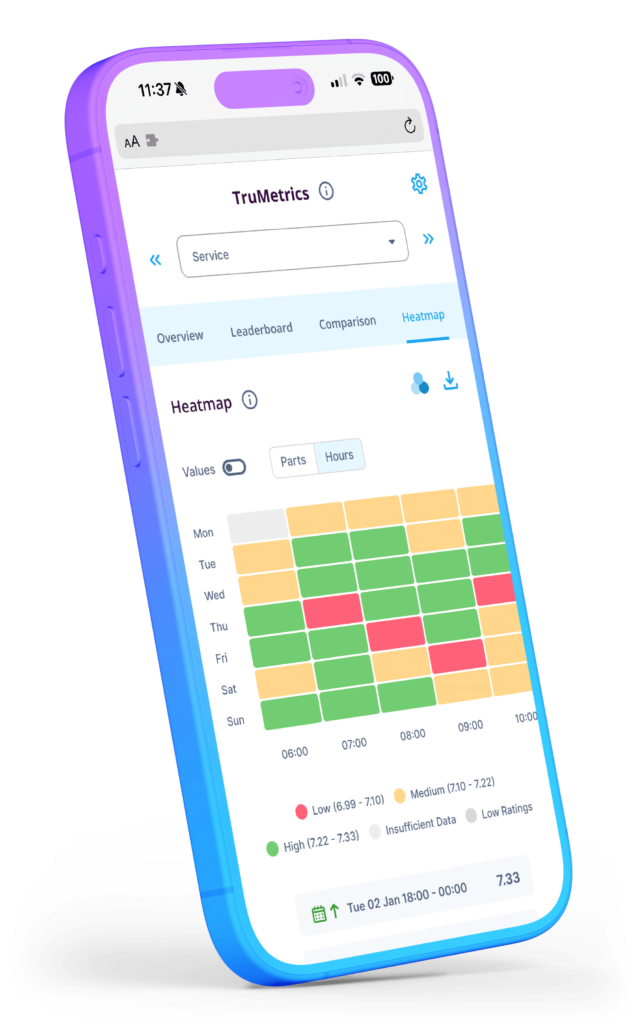How top retailers are staying competitive when consumers are shopping less
Inflation is hitting 40-year highs across the globe.
Combined with price hikes due to shortages, we’re seeing some real impacts to shopper behaviors. The leading retailers are hustling to maintain their competitive advantage and we’ve highlighted some particularly relevant examples of best practices, taken from 300 million pieces of feedback, to share with you.
With many brick-and-mortar shoppers making fewer visits and focusing more on essentials, what are the top retailers doing in-store to a) optimize each and every visit in terms of conversion and transaction value and b) ensure their customers are delighted enough with each and every visit that they stay top of the list for the next shopping outing? In this first half, we’ll look at how top retail companies are working to increase average transaction values and conversion rates.
One leading apparel retailer is optimizing the in-store experience by ensuring every customer is greeted, asked their name, and offered assistance in the fitting room. When staff execute against these behaviors, they are seeing a lift in Average Transaction Value (ATV) by as much as 24%. Not only that, but we have reports that when offered fitting room assistance, customers are 8 times more likely to buy. That is huge when considering conversion rates.
This is one example of vital best practices for apparel retailers, and obviously won’t apply across the board. But the most competitive retailers right now are considering their own practices that are key to unlocking further value from every customer visit.
For instance, a specialty retailer worked with us to identify that customers who had been offered additional items during their engagement with the sales staff increased their transaction amount by an average of almost 23%.
In grocery, a single store manager was empowered to increase ATV by modifying shifts slightly to increase overlap of staff – meaning more staff availability – resulting in a 6.3% rise (when transaction frequency was at its highest). The chain can now follow his best practice lead and replicate across their whole estate.
In another example, a large convenience store chain has identified that a clean store is worth a 20% uplift in ATV, and that cashiers offering additional products at checkout results in a further 11% extra. Similarly, discount retailers have discovered that friendly & helpful staff, greeting customers and maintaining clean, tidy stores altogether result in a 10% uplift in ATV.
Overall, across retail verticals, our insights highlight that key best practices for increasing ATVs include: having clean and tidy stores, staff availability, offering assistance, and engaging enough to make relevant recommendations to customers. Retailers that don’t have a plan in place for measuring these factors (and improving) across their store estate, are not going to be maximizing their customer visits – at a time when those visits are decreasing.
Next, we’ll be taking a look at how the in-store customer experience impacts loyalty and return visits, and what retailers can do to retain their customers’ loyalty at a time when it’s being fiercely contested.














